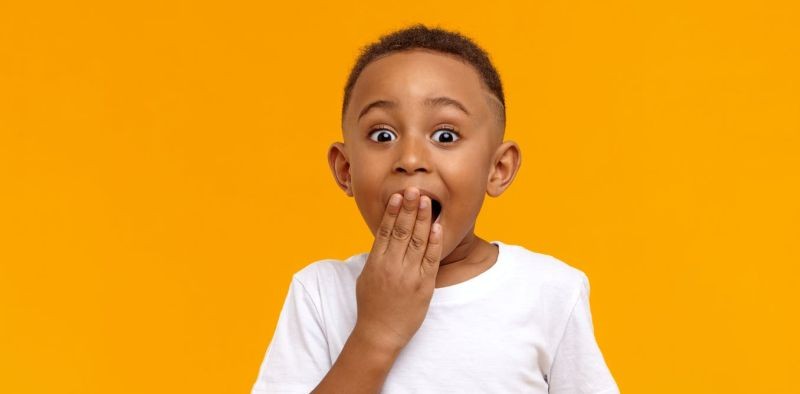


To find out, they launched an experiment where they studied 65 babies over time. "We started to wonder if maybe all of that individual variability is actually meaningful, and tells us that babies are responding to the world differently, from baby to baby," Perez said. But Feigenson and Perez suspected something important was happening. Researchers assumed the variability was due to babies being babies - maybe they were fussy or hungry or distracted. Other babies will take a glimpse, yawn and they're done. Some will stare and stare at a car that seems to float in midair or a ball that seems to pass through a solid wall. Many but not all babies tend to look longer at the unexpected events. In those experiments, babies are shown regular objects and objects behaving in surprising, unexpected ways. The key question behind this work was sparked by Feigenson's own curiosity, and that of lead author Johns Hopkins graduate student Jasmin Perez, about a constant frustration with the classic experimental method for studying infant cognition. Until this study, little was known about curiosity in the pre-verbal mind, as curiosity has mainly been studied in much older children and adults. The findings appear today in Proceedings of the National Academy of Sciences. "What the data suggest is that some three-year-olds have a leg up or seem particularly well positioned to learn a lot about the world." "Something about a baby's curiosity about magic tricks is predicting how curious they become as preschoolers," said Lisa Feigenson, co-director of the Johns Hopkins University Laboratory for Child Development.


 0 kommentar(er)
0 kommentar(er)
